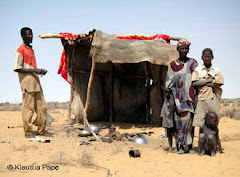Subsidence farming, cash crops, a dollar a day- all ideas we associate with earlier times, when there were no technological advances in sight. Well, way after the Industrial Revolution thorougly changed surrounding countries, Mali seems to hold on to its old roots.
Industrialization could never hold onto Mali like it did to many other countries in recent decades. Therefore, Mali has developed one of the strongest needs on agriculture in the world. Days are rough for normal Malian people as they struggle to get by.
During 1992-1995, Mali put an economic support program into effect. This helped the people a little by stabilizing the economy and decreasing inflation numbers. But of course, this could only do so much.
Because of the vast Sahara covering almost all of northern Mali, human activity is mainly associated with southern Mali. Along with agriculture, pastoralism( the practice of herding as a primary economic base) is highly present. Agriculture and herding both cause troubles because of change in seasons and weather. This results in being unable to make predictions which definitely decreases the salaries of the Malians.
Three types of poverty plague Mali:
- Poverty of living conditions and not having the ability to get needed resources for an adequate lifestyle.
- Monetary poverty, meaning the lack of a suffient income or salary.
- Poverty of the potential, or little access to land, empolyment, and credit.
Other economic assets involve mining for minerals and gold. The quantity of these substances are extensive yet the government does not have enough money to back up all of these workers. A major gold mining area of Kalana isn't being used to its fullest potential because of lack of workers and money.
